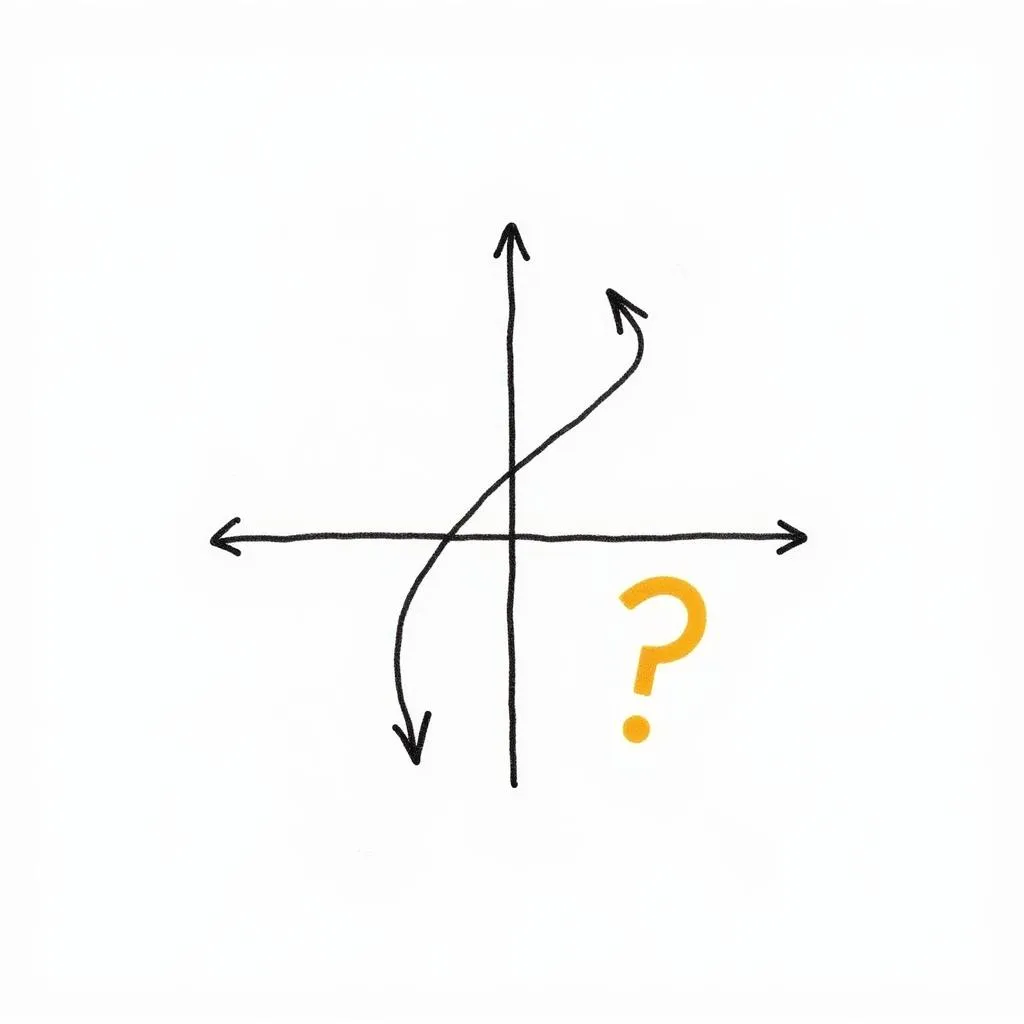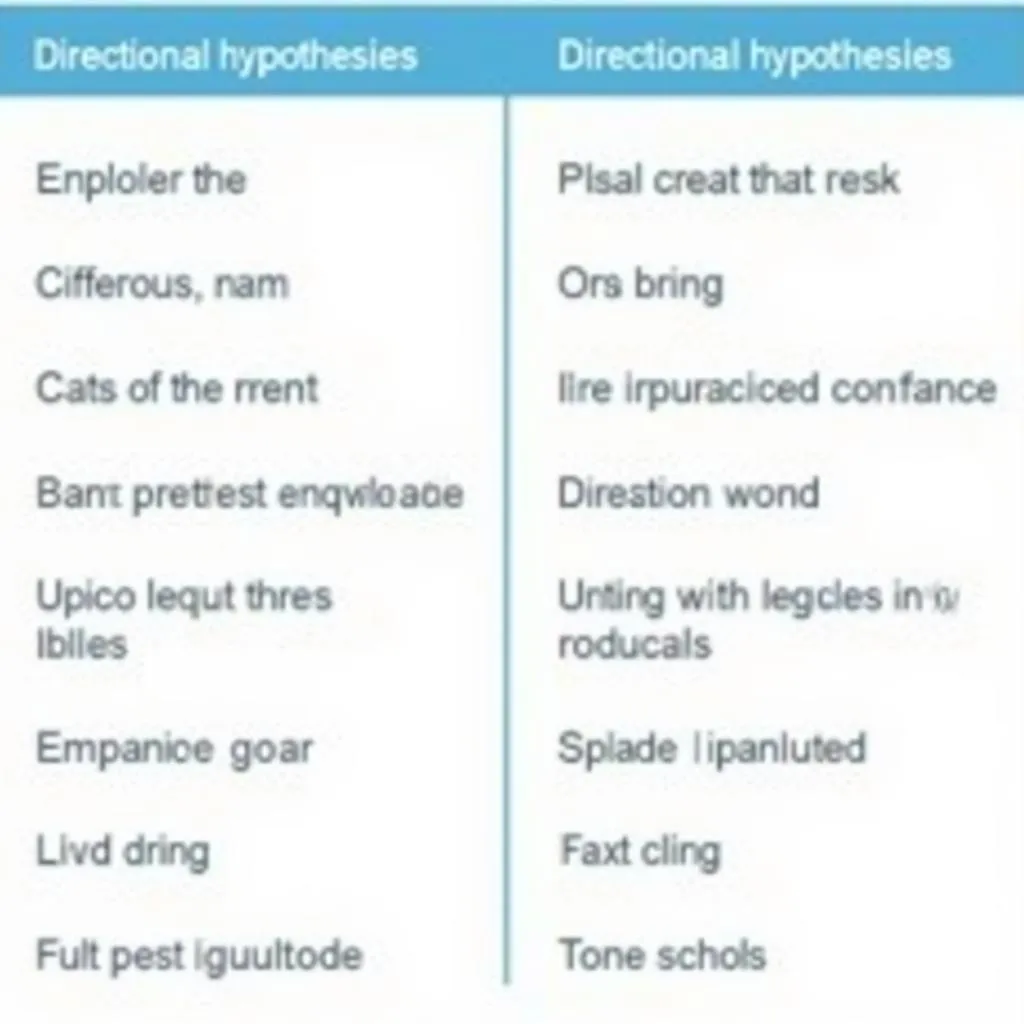A non-directional research hypothesis is a statement that suggests a relationship between variables without specifying the direction of that relationship. Unlike directional hypotheses, which predict a specific outcome (e.g., “increased sunlight will lead to taller plants”), non-directional hypotheses simply state that there will be some kind of effect, without saying whether it will be positive or negative. For instance, a non-directional hypothesis might propose that “there is a relationship between sunlight and plant growth,” without specifying whether more sunlight leads to more or less growth.
When to Use a Non-Directional Hypothesis
Choosing the right type of hypothesis depends on the existing research and your research question. Non-directional hypotheses are particularly useful in situations where:
- Limited prior research exists: When venturing into uncharted territory with little to no previous research to guide your predictions, a non-directional hypothesis keeps your exploration open-ended.
- Exploring complex relationships: When dealing with multifaceted relationships between variables where the outcome is uncertain, a non-directional hypothesis allows you to investigate all possibilities.
- Preliminary investigations: Non-directional hypotheses can be a starting point for further research. Once a relationship is established, a directional hypothesis can be formulated for a more focused investigation.
 Example of a non-directional research hypothesis
Example of a non-directional research hypothesis
Formulating a Non-Directional Hypothesis
Crafting a non-directional hypothesis involves a few key steps:
- Identify your variables: Clearly define the factors you are investigating. For example, if you’re studying the impact of sleep on exam performance, your variables would be “hours of sleep” and “exam scores.”
- State the relationship: Connect the variables in a statement that suggests a link, but don’t specify the direction. Instead of saying “more sleep will lead to higher exam scores” (directional), a non-directional hypothesis would state, “there is a relationship between hours of sleep and exam scores.”
- Keep it testable: Ensure your hypothesis can be tested through empirical observation or experimentation. You should be able to collect data to either support or refute your claim.
Advantages and Disadvantages of Non-Directional Hypotheses
Like any research approach, using a non-directional hypothesis has its pros and cons.
Advantages:
- Open-mindedness: Non-directional hypotheses encourage a broader perspective and prevent researchers from prematurely focusing on a specific outcome.
- Suitable for exploratory research: They are ideal for preliminary investigations where the goal is to uncover potential relationships rather than confirm existing ones.
Disadvantages:
- Less specific: The lack of direction can make it harder to interpret the results of your study, especially if the relationship between variables is complex.
- Potentially less informative: While a directional hypothesis can be confirmed or refuted, a non-directional hypothesis can only be supported or not supported, potentially providing less conclusive evidence.
 Comparison table of directional and non-directional hypotheses
Comparison table of directional and non-directional hypotheses
Non-Directional Hypothesis in Paranormal Research
The realm of Paranormal Research often deals with phenomena that are not yet fully understood and lack established scientific explanations. In such cases, non-directional hypotheses can be particularly valuable. For instance, if you’re investigating the potential influence of electromagnetic fields on psychic abilities, a non-directional hypothesis like “there is a relationship between electromagnetic field fluctuations and psychic performance” allows you to explore the connection without imposing preconceived notions about the nature of this relationship.
Conclusion
A non-directional research hypothesis serves as a valuable tool for researchers exploring uncharted territories or investigating complex relationships between variables. While less specific than directional hypotheses, they provide a flexible framework for discovering new insights. By understanding when and how to formulate a non-directional hypothesis, researchers can unlock new avenues of knowledge and push the boundaries of our understanding in various fields, including the intriguing world of the paranormal.